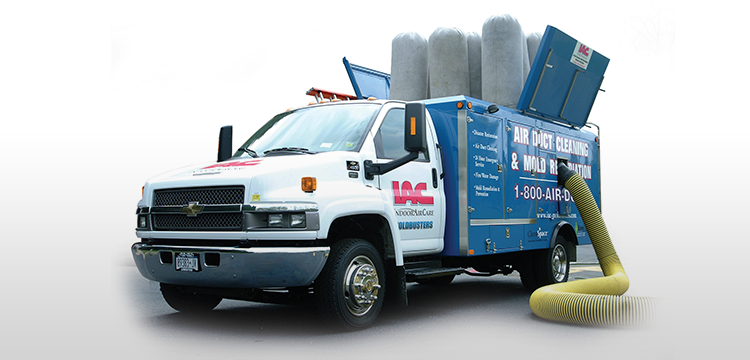New York City Mold Remediation
Mold is a common problem here in NYC, not just after the flood waters brought in by super storm Sandy, but also as a result of the high water table, weather patterns and high humidity in the area. Homeowners should pay attention to the health symptoms of mold exposure and keep their eyes open for signs of fungal growth in their homes. If you suspect there is mold in your home, arrange for a professional inspection and testing if there are any signs of it. Professional removal of the microbes could improve your home’s indoor air quality and your family’s health.
Mold in NYC Homes Before and After Sandy
Before Sandy struck the area, many NYC apartments had mold problems. Four of every 10,000 housing units in the city had some type of a mold problem before the flood waters of Sandy inundated the area. Over a five year period, the housing authority experienced a 1,800 percent increase in the number of mold complaints in the city. The Bronx and Brooklyn experience the greatest number of fungi complaints in homes although complaints from other areas of the city are on the rise. Since Sandy, homeowners and apartment dwellers who had new drywall or flooring installed have experienced health problems that suggest fungi could be growing within the walls, floors or ceilings of the residence.
What Your Landlord Should Do About the Mold Problem In Your Apartment
Begin by writing a letter to your landlord and sending it through certified mail, signature required. Document the steps you have taken to get rid of the mold growth, such as showing the building super the problem. Take pictures of the leak and fungal growth and include hard copies or prints of the photos if possible. Take photos of any of your property damaged or destroyed by the leak or mold growth. If you need to see a physician due to health effects of microbial exposure, save the medical receipts and receipts from any medications and document your costs. Be sure to date and sign the letter. Consider sending the letter along with the rent check to get the landlord’s attention.
If the landlord fails to act within a reasonable amount of time, you can take him or her to court under the HP Action option. The Metropolitan Council on Housing offers tips and assistance about taking this type of action. File a landlord complaint with the DHCR by complaining about a reduction in services and the environmental hazard and ask for a reduction in the amount of rent owed. Get the necessary forms for this procedure by calling 718-739-6400.
While it is impossible to get rid of every last mold spore and speck of fungus in a residence, it is possible for a professional to reduce indoor fungus levels to a manageable level so that the health and quality of life are improved. Your landlord should begin by removing the source of moisture that the fungi are using to grow. Whether this is a leak or lingering dampness from flood waters, any damp flooring or drywall should be removed and any leaks need to be professionally repaired by a licensed plumber. The mold should be killed and the area disinfected with a bleach solution to stop the growth. However, the fungi will come back if the source of moisture is not eliminated. A replacement of the heating and air conditioning system air filter might also be needed to help with filtering out of any lingering fungal spores that the system might have trapped.

